Part of successfully preparing for a hip operation means building a range of movement in your hip. Completing exercises can help rebuild endurance and flexibility in your hip. In this article, we’ll share our practical tips for exercises to undertake pre-surgery.
5 Exercises to Strengthen Your Hips
Note that if an activity causes discomfort, cease it immediately. These exercises are designed to increase mobility and strength, not push your hip joints to unhealthy extremes. We hope you find the following exercises useful.
Lying Kicks (Short Arc Quadriceps)
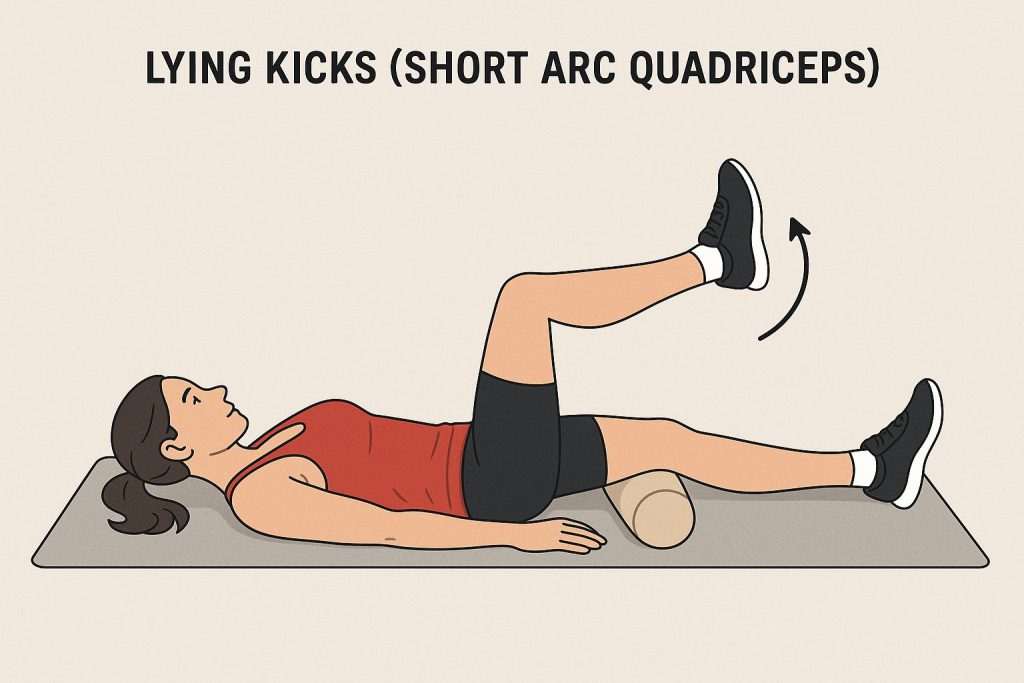
- Begin by lying on your back with a rolled-up towel or blanket (which should be at least 6 inches in diameter). The towel or blanket should be placed beneath the knee of the surgical leg.
- Extend your surgical leg fully, keeping it straight. Hold this position for 5 seconds before slowly lowering your leg and allowing it to relax.
- Ensure the back of your knee remains in contact with the towel or blanket throughout the exercise.
This exercise gently works out the quadriceps, the muscles in front of the thigh. By strengthening these muscles, they ‘learn’ this movement to repeat after the surgery.
Chair Push-Ups
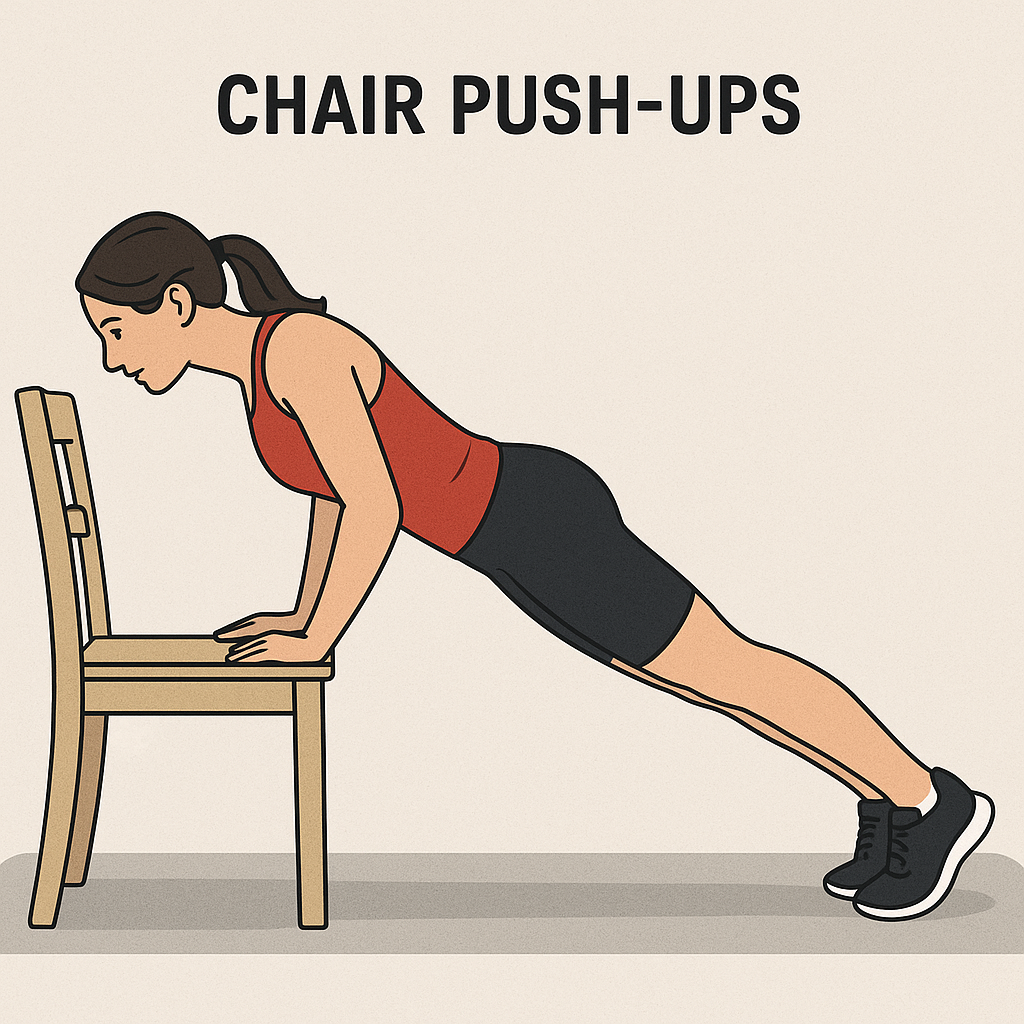
- Start by sitting on a sturdy chair with armrests. Grip the chair’s armrests firmly with your hands and press down, straightening your elbows to lift your buttocks a few inches off the chair seat.
- Gradually work towards holding this position for 5 seconds. Slowly lower yourself back into the chair.
- If your arm strength is limited, use your legs to assist in lifting your buttocks off the seat.
Chair push-ups are invaluable for strengthening the muscles of the upper body. These benefits may seem irrelevant for a hip operation, movement and weight-bearing activities – including moving from sitting to standing up. Ultimately, it’s important not to neglect your upper body during your pre-surgery exercise regime!
Heel Slides (also known as Hip and Knee Flexion)
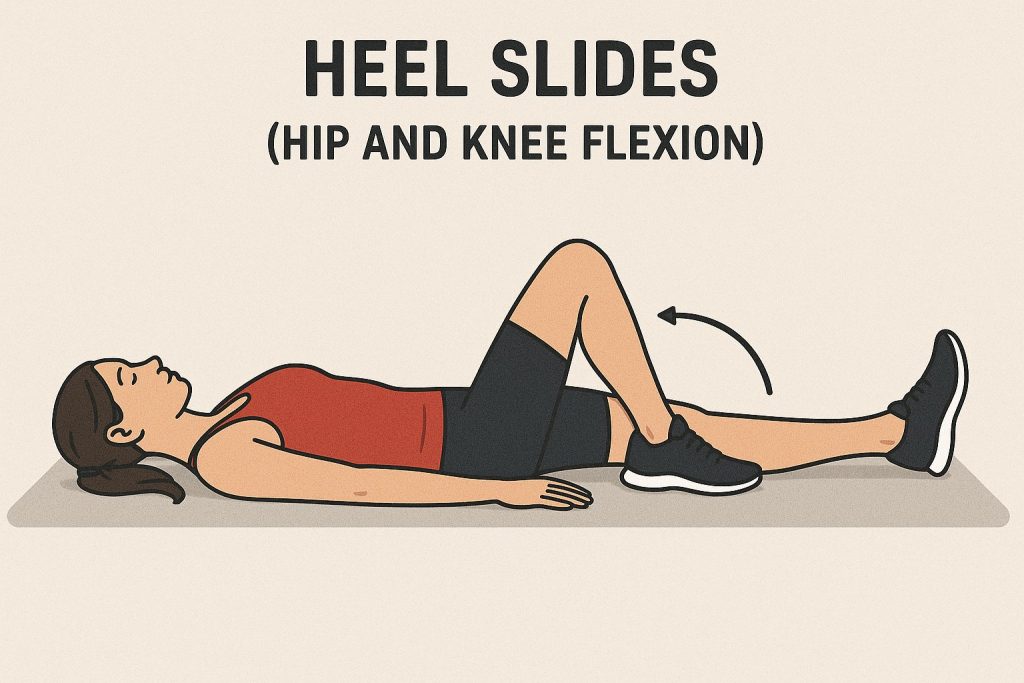
This exercise may be difficult to visualise – but it is simple and rewarding.
- Begin by lying down and slowly bending your surgical hip and knee as you slide your heel upward toward your buttocks, ensuring your heel remains in contact with the bed.
- Then, slide your heel back down to the starting position and relax.
- Keep your kneecap facing upward toward the ceiling throughout the movement.
For easier sliding, you could place a plastic bag beneath your heel.
Heel slides gently activate the hip flexor and quadriceps. Practising this exercise will aid you in replicating this exercise after surgery, which will reduce stiffness and promote circulation.
Leg Slides (Abduction/Adduction)
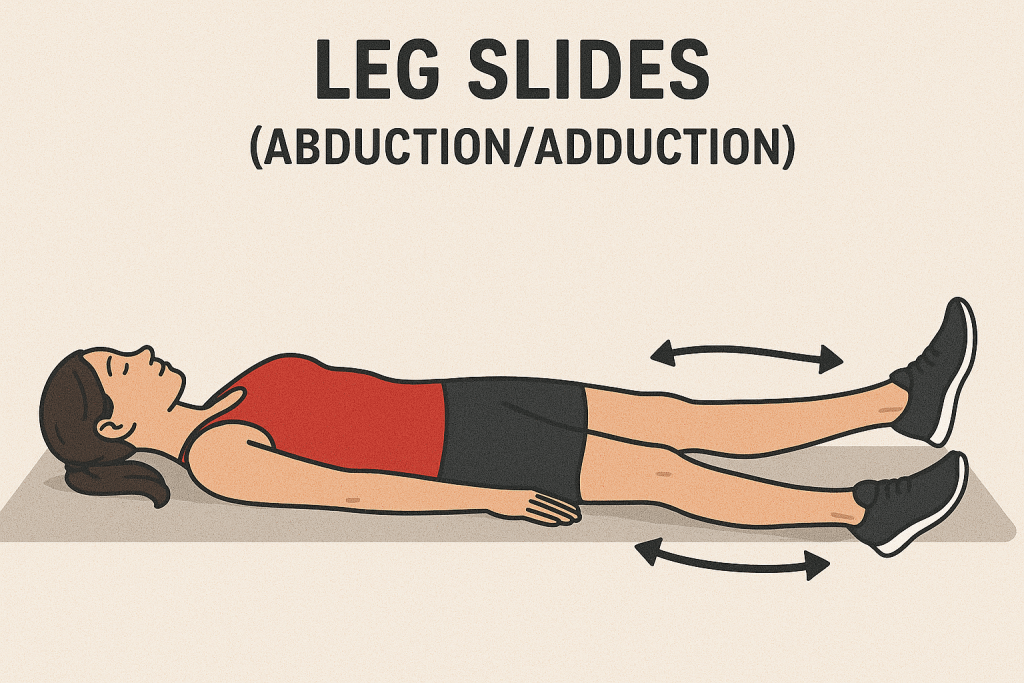
Leg slides leverage the same movement as heel slides.
- Gently slide your surgical leg outward to the side.
- Keep your kneecap facing upward toward the ceiling.
- Then, return your leg to the starting position by sliding it back inward.
Like with heel slides, you can make this movement smoother by placing a plastic bag beneath your foot.
Practicing these abduction and adduction exercises in a controlled manner establishes the foundation for more dynamic movements – such as side-stepping, turning, or lateral exercises.
Sitting Kicks (Long Arc Quads)
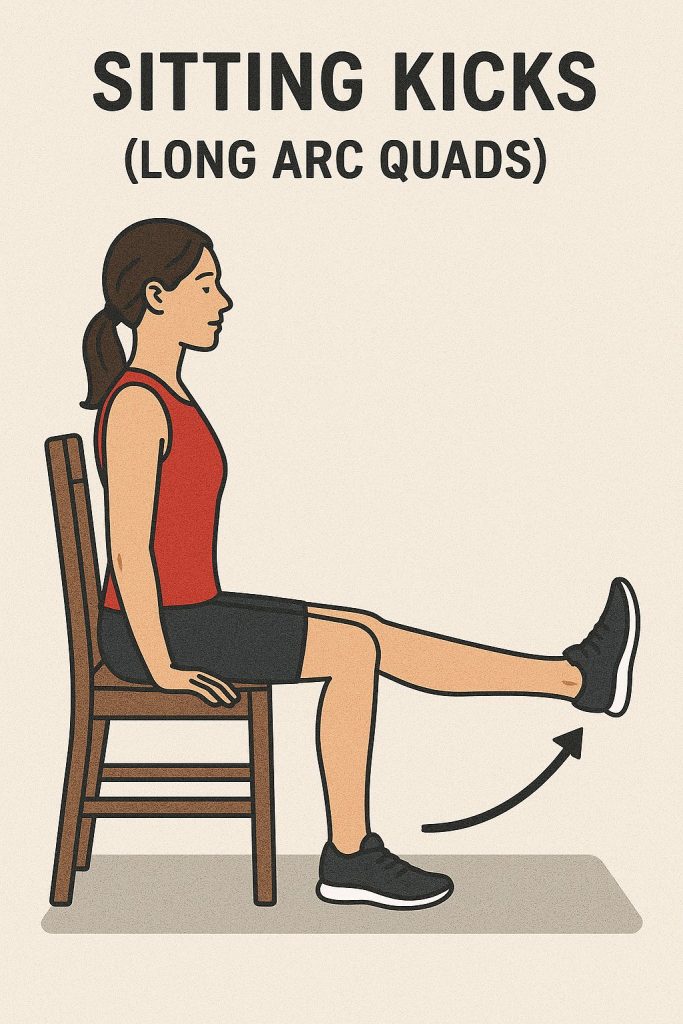
- Begin a set of sitting kicks by sitting on a sturdy chair with your feet placed flat on the floor.
- Slowly extend your knee, straightening your leg as far as comfortably possible.
- Engage your thigh muscles and hold the position for 5 seconds.
- Lower your leg back down to the starting position gradually before and allow it to relax.
- Repeat this exercise for the recommended number of repetitions (or as directed by your healthcare provider).
Sitting kicks are designed to enhance hip stability and mobility.
Buttock Squeezes (Gluteal Sets)
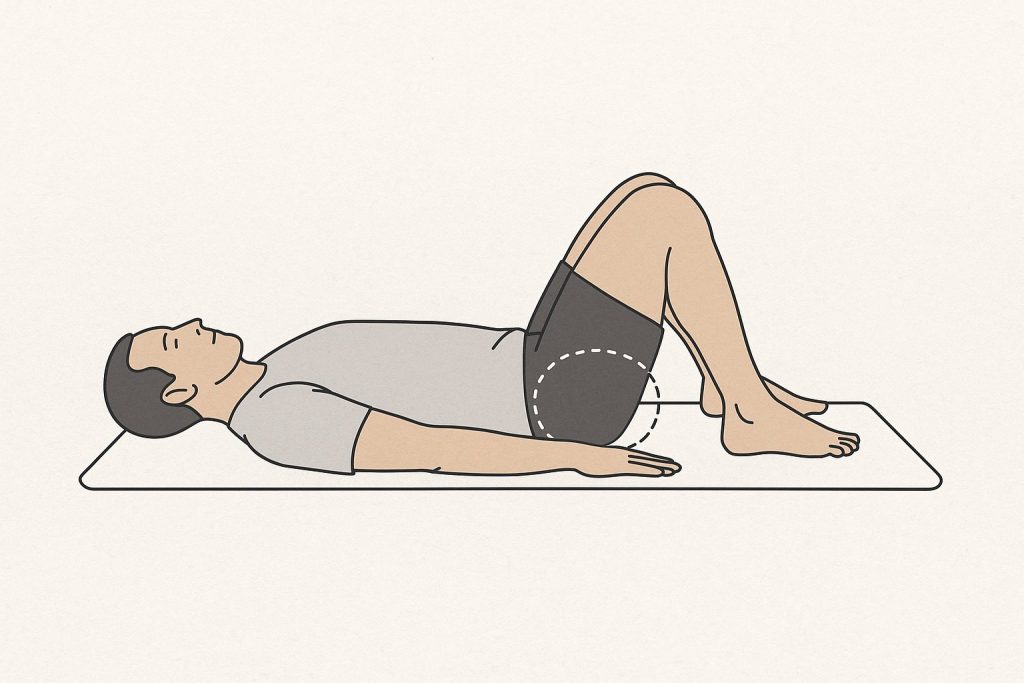
It’s as simple as it sounds.
- Contract your buttock muscles by squeezing them tightly together.
- Maintain the contraction for 5 seconds, then relax.
The gluteal muscles are essential for stabilising the hip during movement, reducing stress on the hip. Toning the muscles will, therefore, reduce the strain on postoperative hip joints.
Contact a Specialist to Find out More about Pre-Surgery Exercises
Your surgeon or specialist will recommend exercises and ensure they’re having the desired effects. They should also be there to answer any questions you may have.
Their role is to guide you through every step of the recovery process. They will adjust your treatment plan as necessary and address any concerns that arise. The right surgeon or specialist should ensure you feel supported and confident throughout the process.
If you’re looking for a qualified, customer-qualified orthopaedic surgeon, look no further than Dr David Slattery and his team at Victorian Bone & Joint Specialists. Our specialists will provide all the support you need to make a successful recovery post-hip surgery. To learn more about how we can support you during your hip surgery recovery, contact us today.


